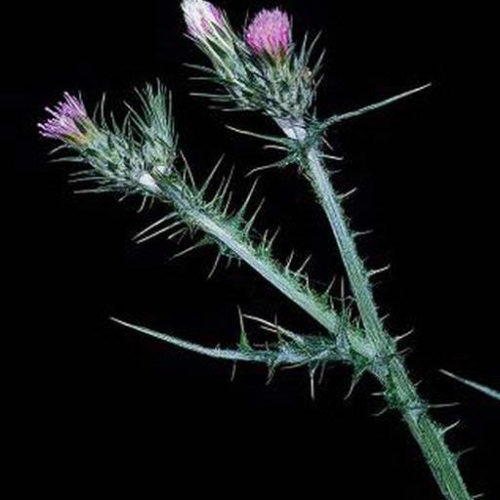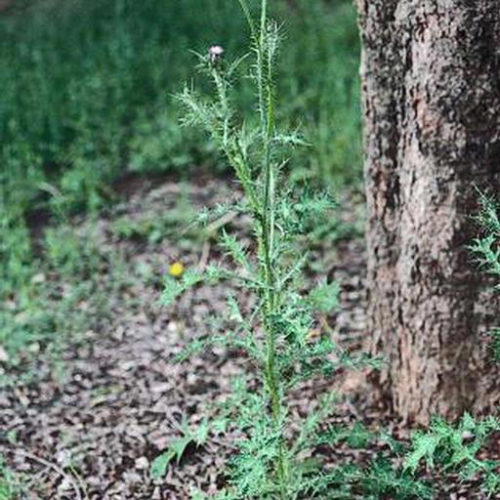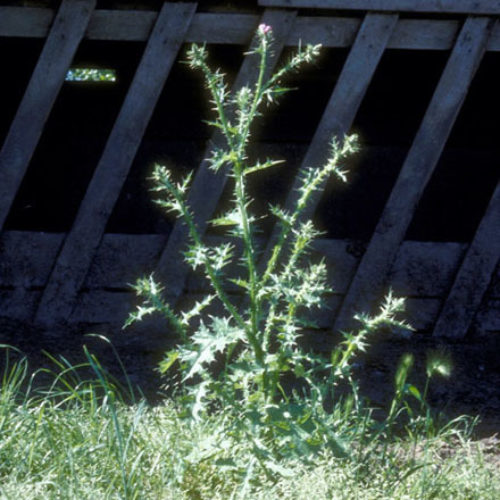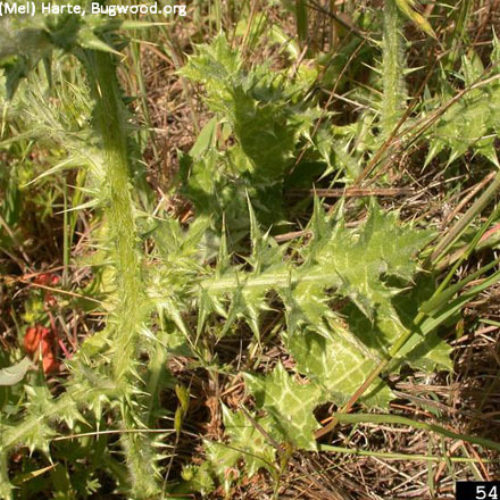Italian Thistle
Carduus pycnocephalus
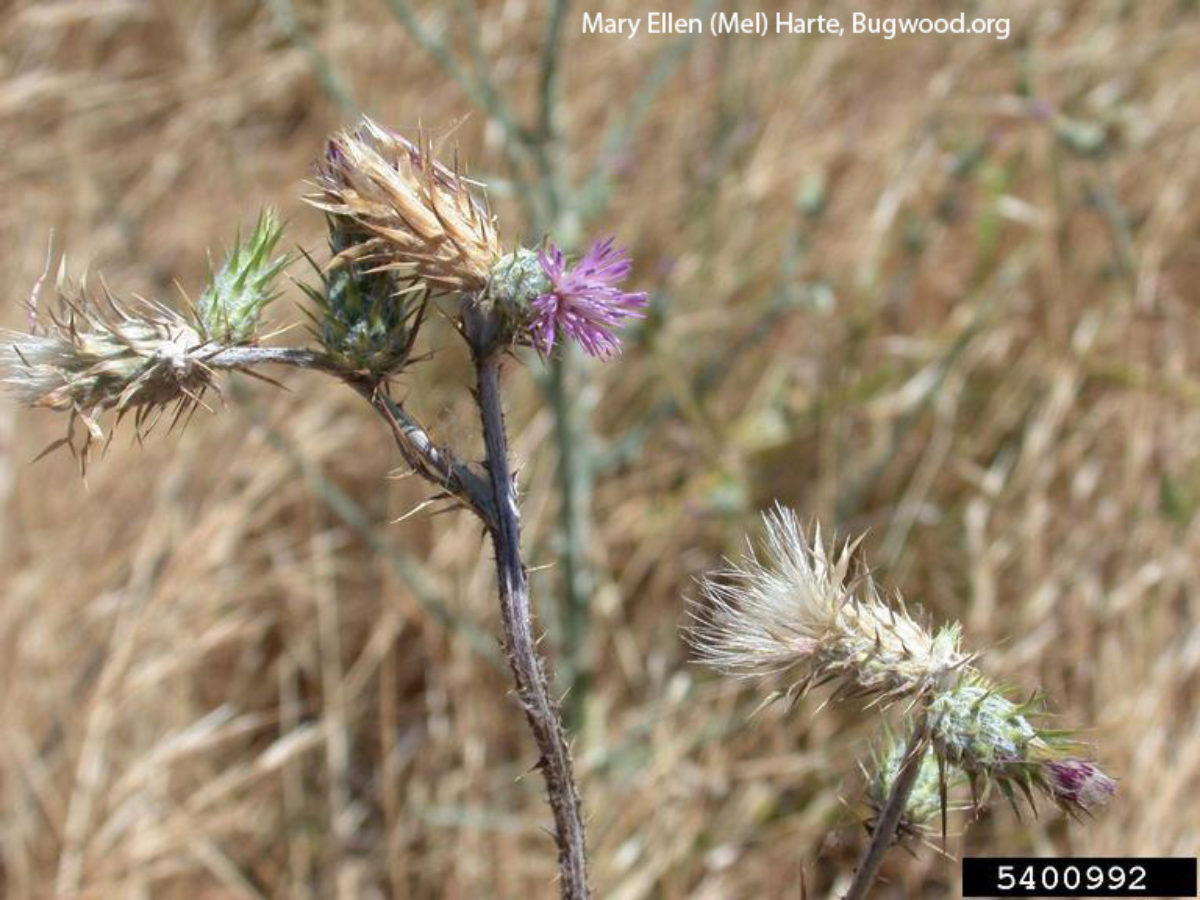
Family: Asteraceae
Other Common Names: Plymouth thistle, shore thistle
Weed class: A
Year Listed: 1991
Native to: Northern Africa, Asia and Western and Southern Europe
Is this Weed Toxic?:
not known to be
Legal listings:
This plant is also on the Washington State quarantine list. It is prohibited to transport, buy, sell, offer for sale, or distribute plants or plant parts of quarantined species into or within the state of Washington or to sell, offer for sale, or distribute seed packets of seed, flower seed blends, or wildflower mixes of quarantined species into or within the state of Washington. Please see WAC 16-752 for more information on the quarantine list. For questions about the quarantine list, contact the Washington State Department of Agriculture's Plant Services Program at (360) 902-1874 or email PlantServices@agr.wa.gov.
Why Is It a Noxious Weed?
Italian thistle invades pastures and rangeland. It crowds out more desirable forage, as well as native plants, and excludes livestock grazing where infestations are dense.
How would I identify it?
General Description
Italian thistle is a spiny annual or sometimes biennial that can grow 6 to 8 feet in height.
Flower Description
Flowerheads narrow and in terminal clusters of 1 to 5. Bracts at the base of flowerheads are stiff and upright with forward pointing hairs. Flowers are purple.
Leaf description
Leaves green and nearly hairless above and have cobwebby hairs below. Leaves are pinnately lobed into spiny-lobed segments, with the terminal spine being most prominent.
Stem description
Italian thistle has spiny, winged stems.
Fruit Seed Description
Seeds are light brown to brown with veins, 0.18 to 0.24 inches (4 to 6 mm long), with hairs attache at one end.
May Be Confused With
Slenderflower thistle, Carduus tenuiflorus, is similar but it generally has more flowerheads (5-20), than Italian thistle, Carduus pycnocephalus (1-5 flowerheads).
Where does it grow?
Italian thistle grows in dry, open area such as pastures, rangeland, right-of-ways, and waste areas. Please click here to see a county level distribution map of Italian thistle in Washington.
How Does it Reproduce?
Italian thistle reproduces by seed.
How Do I Control It?
Cultural Control
Deferring autumn grazing of sheep has been effective in reducing stand density because the thistles grow etiolated and less spiny when competing with ungrazed grasses. Then sheep will graze the thistle along with the grass.
Biological Control
Two fungi have been evaluated as agents on Italian thistle. More information can be found by downloading our Written Findings.
Herbicide Control
Please refer to the PNW Weed Management Handbook, or contact your county noxious weed coordinator.
For More Information
See our postcard for early detection information about Italian and slenderflower thistle.
See our Written Findings for more information about Italian thistle (Carduus pycnocephalus)
Clark County NWCB Fact Sheet on Italian Thistle



